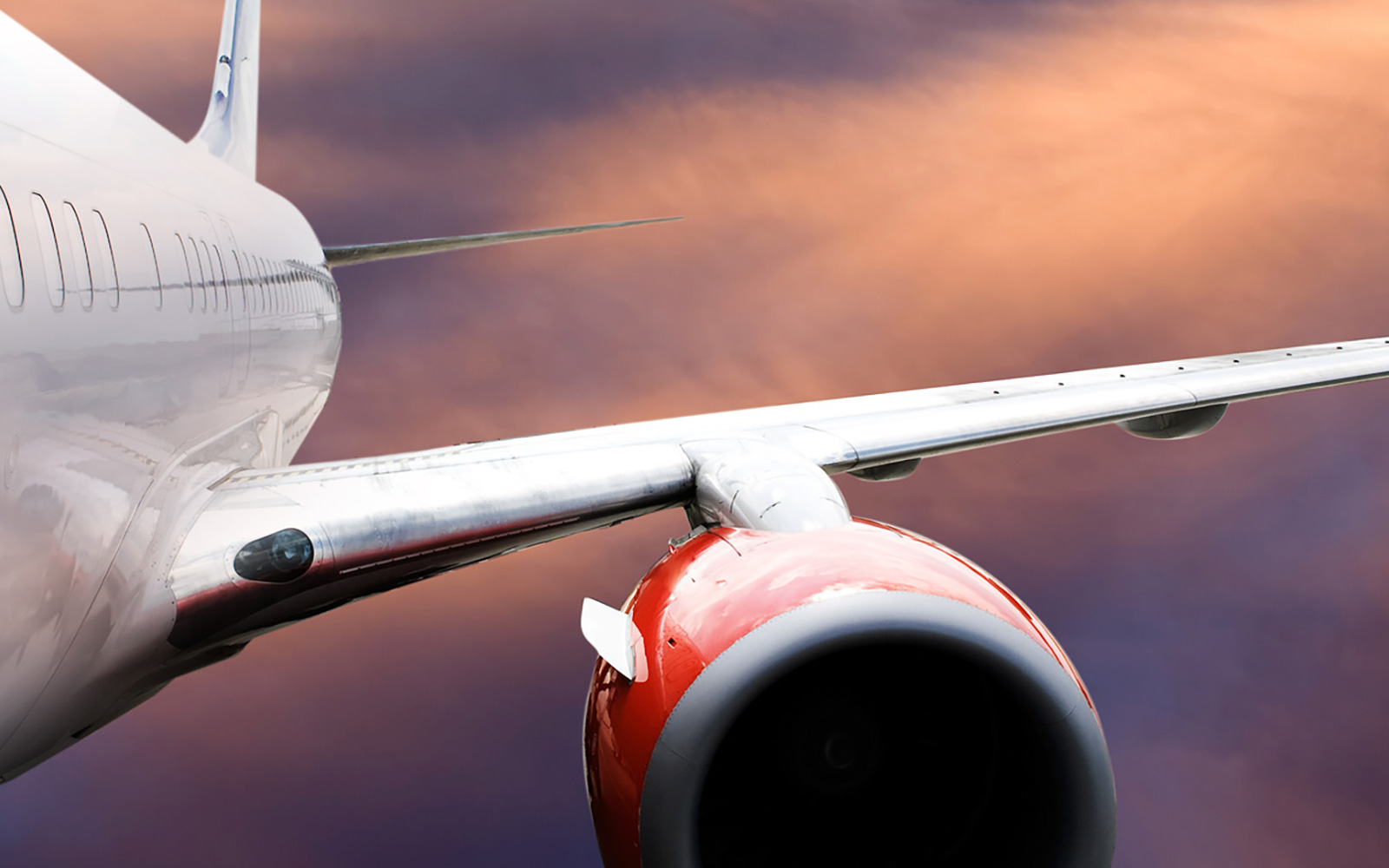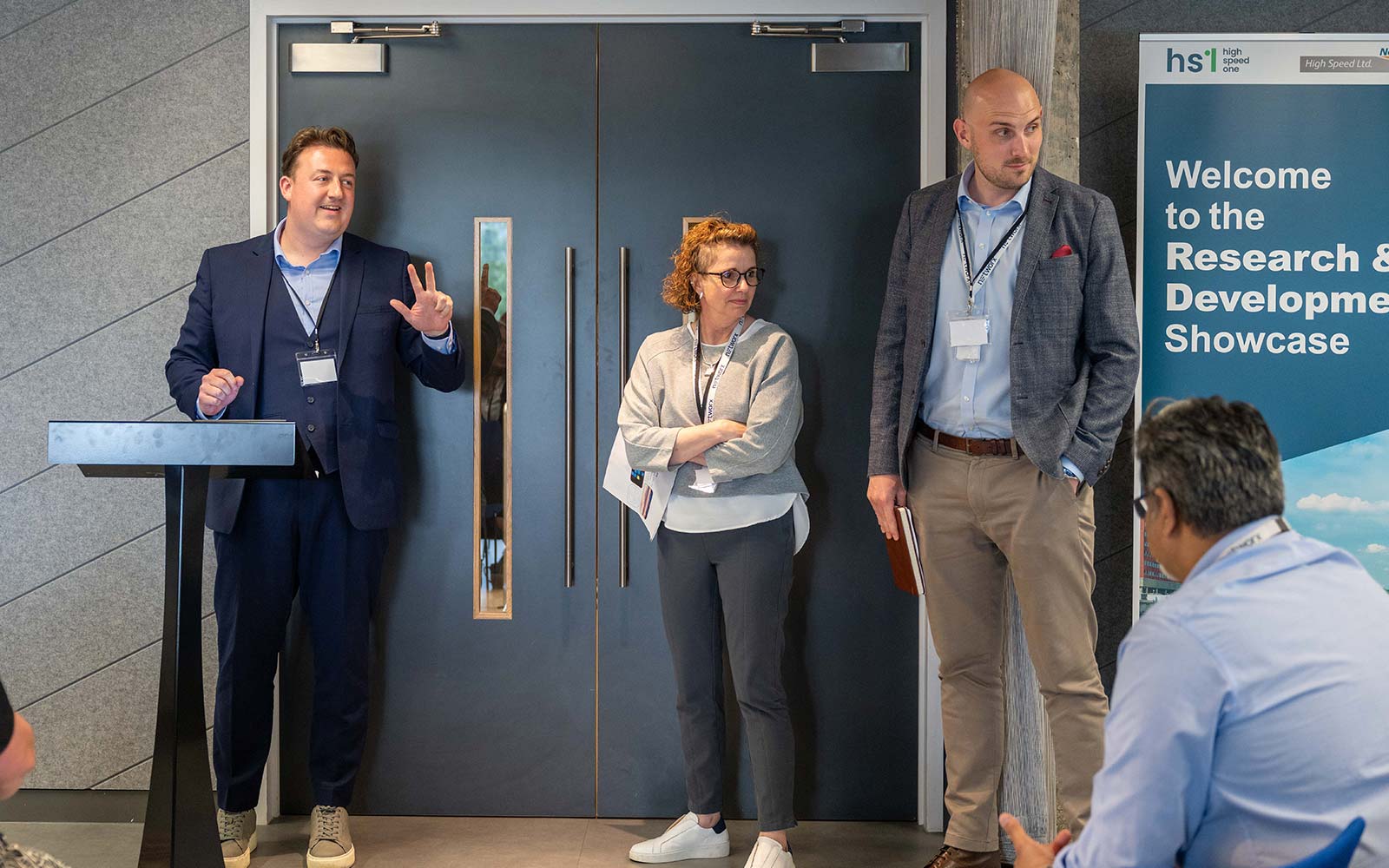Maximise your flights with minimal aircraft: Navigating aircraft supply and demand challenges

The aviation industry is facing a significant imbalance between aircraft supply and demand, prompting airlines to explore various strategies to maintain operational efficiency and minimise costs.
In this Q&A, Phil Cole, head of civil aviation at Aerogility, provides insight into some of the reasons behind the manufacturing and delivery delays and how airlines are adapting. He explores the crucial role of advanced technologies, such as digital twins, in navigating these challenges.
1. Can you describe the current situation regarding the aircraft supply and demand imbalance?
Whilst there’s not one singular factor that is causing the imbalance, there are two particular issues that contribute to it and the subsequent delays.
Boeing’s ongoing woes with its B737 MAX has impacted the industry, with increased regulatory scrutiny and damage to its brand reputation causing production delays.
Additionally, the recent FAA directive affecting a large number of PW1100G engines has resulted in extended wait times for inspection and shop visit slots. This has, ultimately, led to increased grounding and the delay of new deliveries.
To better manage supply and demand imbalances caused by such issues, advanced technologies like digital twins become crucial.
2. How are airlines coping with the new aircraft shortage?
Potential strategies include purchasing another airline’s new aircraft or obtaining second-hand aircraft. Although pre-owned fleets come with their own pitfalls.
Other alternatives are to increase the utilisation of current fleet or extend aircraft leases. However, these strategies come with several considerations, from additional maintenance costs and commitments to inevitably accelerating the demand for maintenance slots. Older aircraft tend to require longer and more expensive maintenance. The outcome of maintaining a carrier’s current fleet must therefore be analysed and understood to determine the overall benefit, if any.
3. How important is maintenance optimisation in extending the life of the current fleet?
Maintenance optimisation is crucial for extending the life of a current fleet because it enables airlines to address potential issues proactively, preventing costly and unneeded downtime, and keeping as many aircraft working as possible. By forecasting the best time to carry out maintenance, carriers can reduce the frequency of unscheduled repairs, lower overall maintenance costs and minimise disruptions to flight schedules. Ultimately, the aim is to maximise fleet availability and efficiency, and ensure peak performance.
4. How does digital twin technology support planning and scheduling?
Digital twin technology creates virtual replicas of an aircraft and its operational environment. Within this, airlines can play out simulations to model and assess various scenarios and strategies. This helps determine the optimal fleet composition for meeting demand and managing MRO availability.
Furthermore, digital twin technology facilitates continuous adjustments. As conditions evolve, the simulations can be updated with new data, allowing airlines to adapt plans promptly and accurately. This enhances decision-making by providing a clearer picture of potential outcomes and impacts, ultimately leading to improved fleet management and reduced downtime.
By understanding how external and internal factors affect operations — from weather conditions to maintenance considerations and staff shortages — digital twin technology enables airlines to plan effectively and allocate resources efficiently.
5. Can you provide examples of how this technology helps airlines reduce costs and make informed decisions?
With digital twin technology, users can simulate operational ‘what-if’ scenarios before time and money are spent on implementing strategies. It can be utilised across a range of areas, such as maintenance planning to avoid costly repairs, and improved resource allocation by anticipating external impacts.
One of Aerogility’s customers was able to deliver its winter program with 169 days of contingency remaining, equating to the potential of up to £9.5 million additional revenue. While there were a multitude of factors that contributed to this, we like to think that our solution played a large part!



